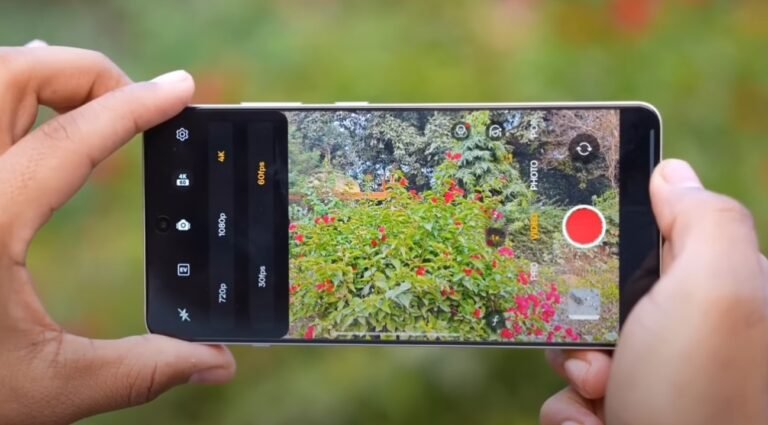POCO F8 Pro vs older POCO models: leap or incremental upgrade?

How the POCO F8 Pro Stacks Up Against Previous Generations
The POCO F8 Pro arrives with noticeable changes in design and hardware, marking a fresh step forward for the brand. It features a refined build, slimmer bezels and updated materials that make it feel more premium than some of its older counterparts. For users coming from two- or three-year-old POCO models, the difference in hand-feel and overall refinement is immediately clear, suggesting a meaningful step forward rather than a mild refresh.
Performance is one of the biggest talking points. The F8 Pro uses a new flagship-level chipset that delivers a substantial improvement in both day-to-day responsiveness and heavy workloads. Apps open faster, games run smoother and multitasking feels more fluid. Compared to older POCO generations that relied on mid-range or previous-generation performance hardware, the leap is significant, especially for users who depend on high-end processing power.
The display also sees upgrades that UK buyers will appreciate, especially those who spend a lot of time outdoors. With a brighter OLED panel, smoother refresh rate and improved calibration, the F8 Pro offers better visibility and colour accuracy than many earlier POCO devices. These enhancements make a noticeable difference when streaming, browsing or using the device in bright daylight conditions.

Camera improvements play another important role in determining whether this is a leap or an incremental update. The F8 Pro includes updated sensors and improved image processing, which provide better low-light performance, more detailed shots and improved dynamic range. Older POCO models often struggled in dim environments or with motion, so users upgrading from those devices will experience clearer and more stable photography results.
Battery performance remains strong, with the F8 Pro offering reliable endurance throughout the day even under heavy use. Fast charging is also improved, giving users quicker top-ups without needing long charging times. For those using older POCO models with slower charging standards, this addition alone may feel like a substantial upgrade in day-to-day convenience.
Audio receives a boost as well, with tuning that delivers clearer vocals and a more balanced profile during media playback. This is especially noticeable when streaming films, listening to music or using social media. Older POCO models often had basic audio setups, so buyers upgrading from those devices will hear a clear difference in clarity and richness.
Software optimisation is another area where the F8 Pro steps ahead. The interface feels smoother, animations appear cleaner and overall system stability is improved. For users who experienced stutters or minor issues with older POCO software versions, the changes in stability and refinement will feel far more significant than a minor iteration.
Connectivity upgrades such as improved 5G support, stronger Wi-Fi performance and better antenna tuning help the device maintain faster and more reliable network speeds. These enhancements matter most to users in busy UK cities or areas with fluctuating signal, making the new model more capable in everyday use.
When comparing all improvements together, the gap between the F8 Pro and older POCO devices becomes more pronounced. Users upgrading from models released two or more years ago will see major improvements across performance, display, camera and charging. The experience becomes smoother, brighter and more capable in almost every area.
For users of newer POCO devices, the jump may feel more measured. While performance, camera quality and display brightness improve, the overall experience may not feel dramatically different. In such cases, the F8 Pro is more of a refined step rather than a complete overhaul.
Overall, whether the POCO F8 Pro represents a leap or an incremental upgrade depends largely on the user’s current device. Those coming from older POCO models will experience a substantial transformation, while those upgrading from a recent generation may see a cleaner, more polished version of what they already have instead of a game-changing shift.




